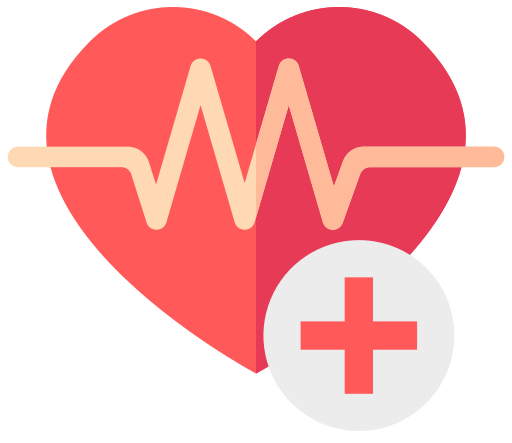Reflex is a common condition that affects millions of people worldwide. From the symptoms and causes to the diagnosis and treatment options, understanding reflex is crucial for those dealing with this condition. In this article, we will explore the various aspects of reflex, including its symptoms, causes, and diagnosis. We will also delve into the available treatment options, such as medication, therapy, and lifestyle changes. Additionally, we will provide tips for prevention and long-term care to help individuals better manage their reflex and improve their quality of life.
1. Understanding Reflex: Symptoms, Causes, and Diagnosis
Reflexes are involuntary movements or responses that occur in response to a stimulus. These reflex actions are essential for the body to protect itself and maintain balance. Understanding the symptoms, causes, and diagnosis of reflex issues can help individuals recognize and address any potential problems.
Symptoms of reflex issues can vary depending on the specific reflex affected. Common symptoms may include muscle weakness, abnormal movements, increased or decreased reflex responses, and difficulty coordinating movements. These symptoms can impact daily activities and quality of life if left untreated.
The causes of reflex issues can be diverse and may include neurological conditions, spinal cord injuries, brain injuries, or nerve damage. In some cases, reflex issues may be a result of an underlying medical condition or medication side effects. Understanding the underlying cause of reflex issues is crucial in determining the appropriate treatment plan.
Diagnosing reflex issues typically involves a thorough physical examination by a healthcare provider. This may include testing reflex responses, assessing muscle strength and coordination, and evaluating sensory functions. Additional tests such as imaging studies, nerve conduction studies, or blood tests may be ordered to further evaluate the underlying cause of the reflex issues.
Overall, understanding the symptoms, causes, and diagnosis of reflex issues is essential in providing appropriate treatment and improving the quality of life for individuals experiencing reflex problems. Seeking medical attention and working closely with healthcare providers can help individuals manage and address reflex issues effectively.
2. Treatment Options for Reflex: Medication, Therapy, and Lifestyle Changes
Treatment options for reflex aim to control symptoms and improve quality of life for individuals affected by the condition. There are several treatment options available, including medication, therapy, and lifestyle changes.
Medication is often used to help alleviate symptoms of reflex. Proton pump inhibitors (PPIs) are commonly prescribed to reduce the production of stomach acid and help heal the esophagus. Antacids may also be recommended to neutralize stomach acid and provide relief from heartburn. In more severe cases, H2 blockers may be prescribed to reduce the production of stomach acid.
Therapy can also be beneficial in managing reflex symptoms. Speech therapy may be recommended to help strengthen the muscles in the throat and improve swallowing function. Physical therapy may be beneficial for individuals who experience symptoms such as chest pain or difficulty breathing. In some cases, cognitive behavioral therapy may be helpful in addressing any underlying psychological factors that may be contributing to reflex symptoms.
In addition to medication and therapy, lifestyle changes can also play a significant role in managing reflex. Avoiding trigger foods, such as spicy or acidic foods, can help reduce symptoms. Eating smaller meals more frequently throughout the day and avoiding lying down immediately after eating can also help alleviate symptoms. Maintaining a healthy weight, avoiding tobacco and alcohol, and managing stress levels are also important lifestyle changes that can help manage reflex symptoms.
Overall, a combination of medication, therapy, and lifestyle changes can help individuals effectively manage reflex and improve their quality of
3. Managing Reflex: Tips for Prevention and Long-Term Care
When it comes to managing reflex, there are a few key tips that can help prevent flare-ups and provide long-term care for the condition. One important tip is to avoid trigger foods and drinks that can exacerbate symptoms. Common trigger foods include spicy foods, citrus fruits, caffeine, and alcohol. Keeping a food diary can help identify specific triggers and allow for better management of symptoms.
Another important aspect of managing reflex is maintaining a healthy weight and avoiding tight clothing that can put pressure on the stomach and worsen symptoms. Eating smaller, more frequent meals and avoiding lying down immediately after eating can also help prevent reflux.
In terms of long-term care, it is important to work with a healthcare provider to develop a treatment plan that works for you. This may include medications to help reduce stomach acid production, lifestyle changes, and possibly surgery in severe cases. Regular follow-up appointments with your healthcare provider are important to monitor your symptoms and make any necessary adjustments to your treatment plan.
In addition to medical treatment, lifestyle changes such as quitting smoking, reducing stress, and getting regular exercise can also help manage reflex symptoms. By taking a comprehensive approach to managing reflex, individuals can improve their quality of life and reduce the frequency and severity of symptoms.

